Planning and executing an event can be a complex and challenging task. From coordinating various activities to ensuring everything runs smoothly and efficiently, there are many factors to consider. One tool that can greatly aid in this process is an event schedule.
This article will explore the benefits of using an event schedule, how to create one, and provide examples and tips for successful event planning.
What is an Event Schedule?
An event schedule is a document that outlines the flow of activities within an event. It serves as a roadmap for organizers, participants, and attendees, helping everyone involved to stay on track and be aware of what to expect throughout the event.
Whether it’s a conference, workshop, festival, or any other type of event, having a clear and well-organized schedule is crucial for its success.
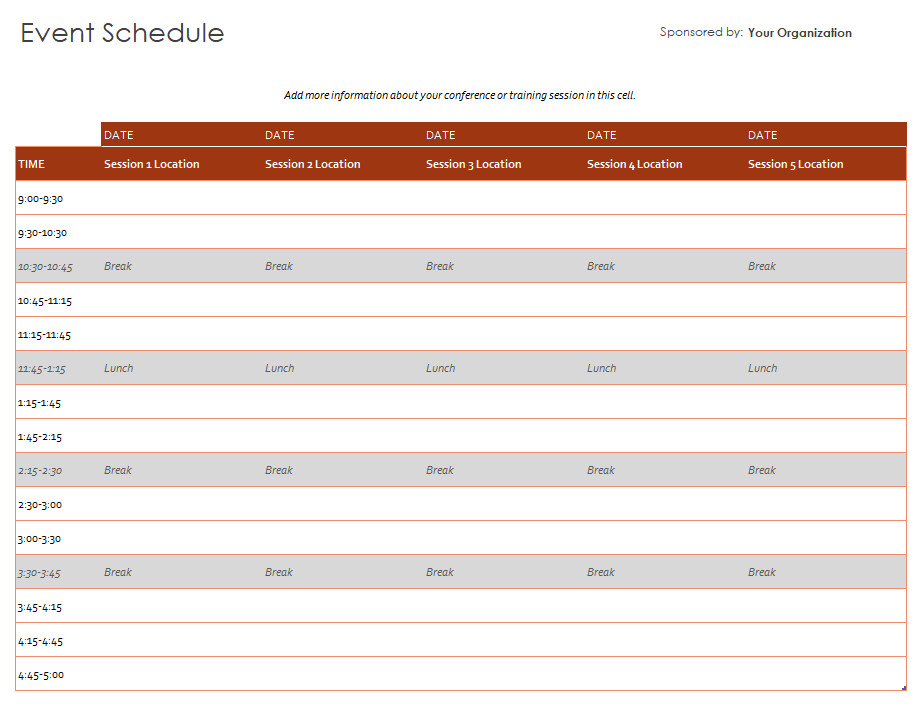
Why Use an Event Schedule?
There are several reasons why using an event schedule is beneficial:
- Organization: A schedule helps organizers keep track of all the activities, ensuring nothing is overlooked or forgotten.
- Efficiency: With a schedule in hand, participants and attendees can plan their day accordingly, maximizing their time and making the most out of the event.
- Clarity: A well-organized schedule provides clear instructions and information about each activity, reducing confusion and misunderstandings.
- Flexibility: While a schedule provides structure, it also allows for adjustments and changes if necessary, providing a framework for adaptability.
- Professionalism: By providing a detailed and well-designed schedule, event organizers demonstrate their professionalism and commitment to a successful event.
How to Create an Event Schedule
Creating an event schedule is a straightforward process that involves several key steps:
- Define the event objectives: Before creating a schedule, it’s essential to have a clear understanding of the event’s purpose and goals. This will help determine the activities and their order.
- Identify the activities: Make a list of all the activities that will take place during the event. This can include presentations, workshops, networking sessions, breaks, and any other relevant events.
- Determine the duration: Assign a specific time slot to each activity. Consider factors such as the expected number of participants, the complexity of the activity, and the time needed for setup and cleanup.
- Organize the schedule: Arrange the activities in a logical order, taking into account any dependencies or time constraints. Aim for a balanced distribution of activities throughout the day to avoid exhaustion or boredom.
- Add essential details: Include important information for each activity, such as the title, description, location, and names of presenters or facilitators.
- Design the schedule: Create a visually appealing layout for the schedule. Use colors, fonts, and formatting to make it easy to read and understand.
- Review and finalize: Double-check the schedule for accuracy and completeness. Make sure all the necessary information is included and that there are no conflicting or overlapping activities.
- Create the version: Once the schedule is finalized, convert it into a format, such as a PDF or a Word document, for easy distribution.
Examples of Event Schedules
Here are a few examples of how an event schedule can look:
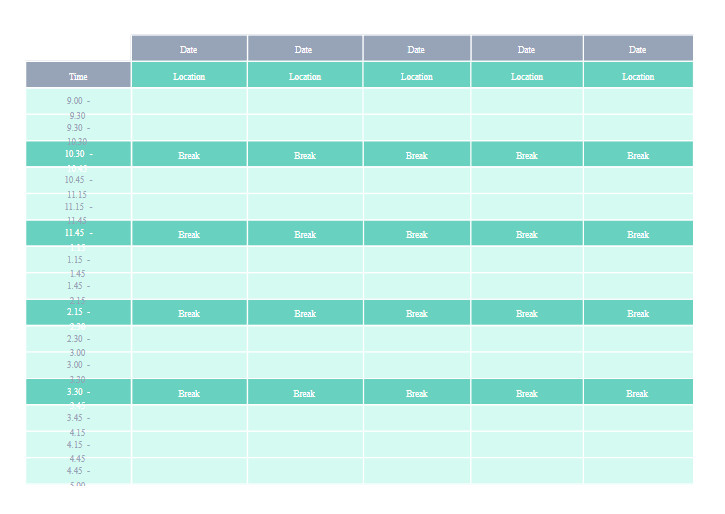
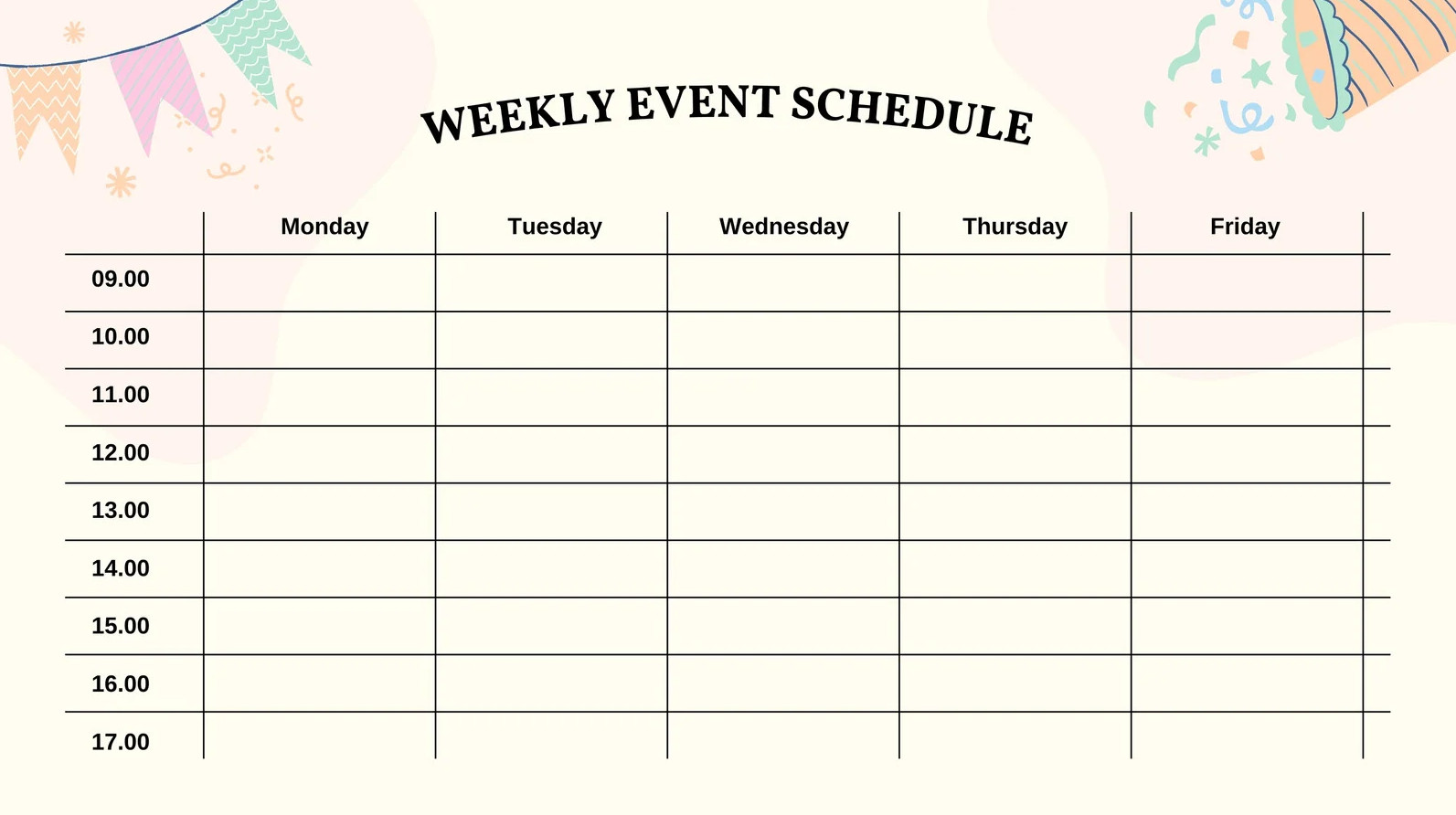
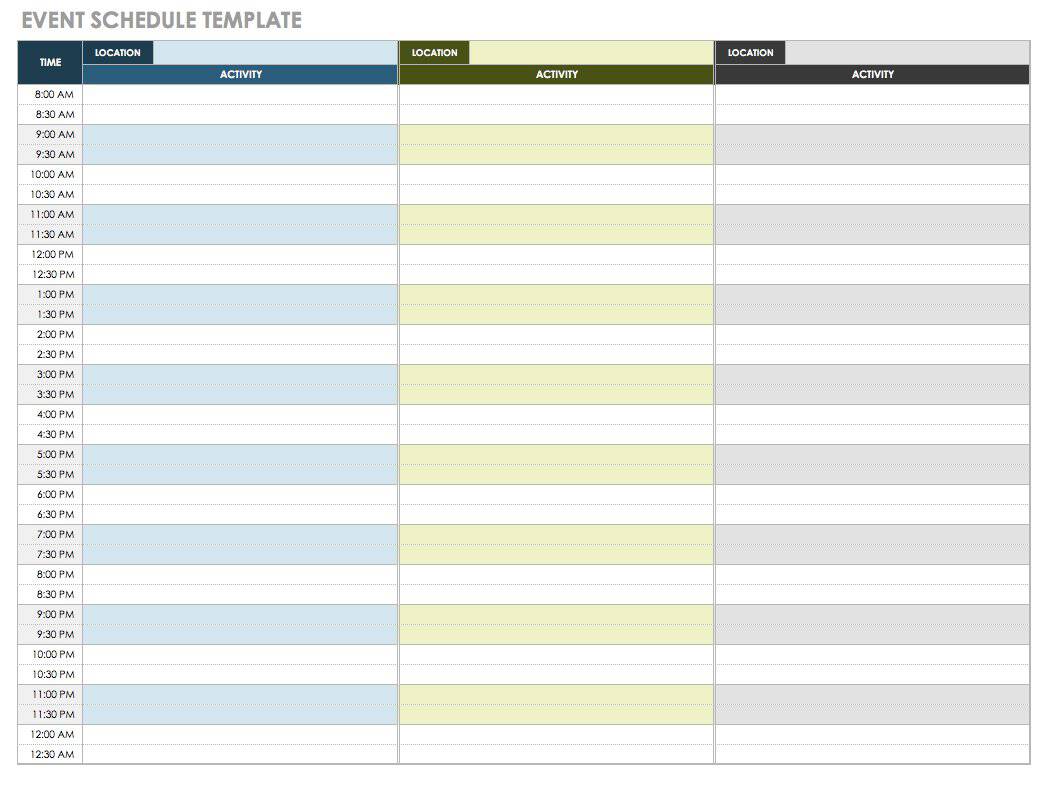
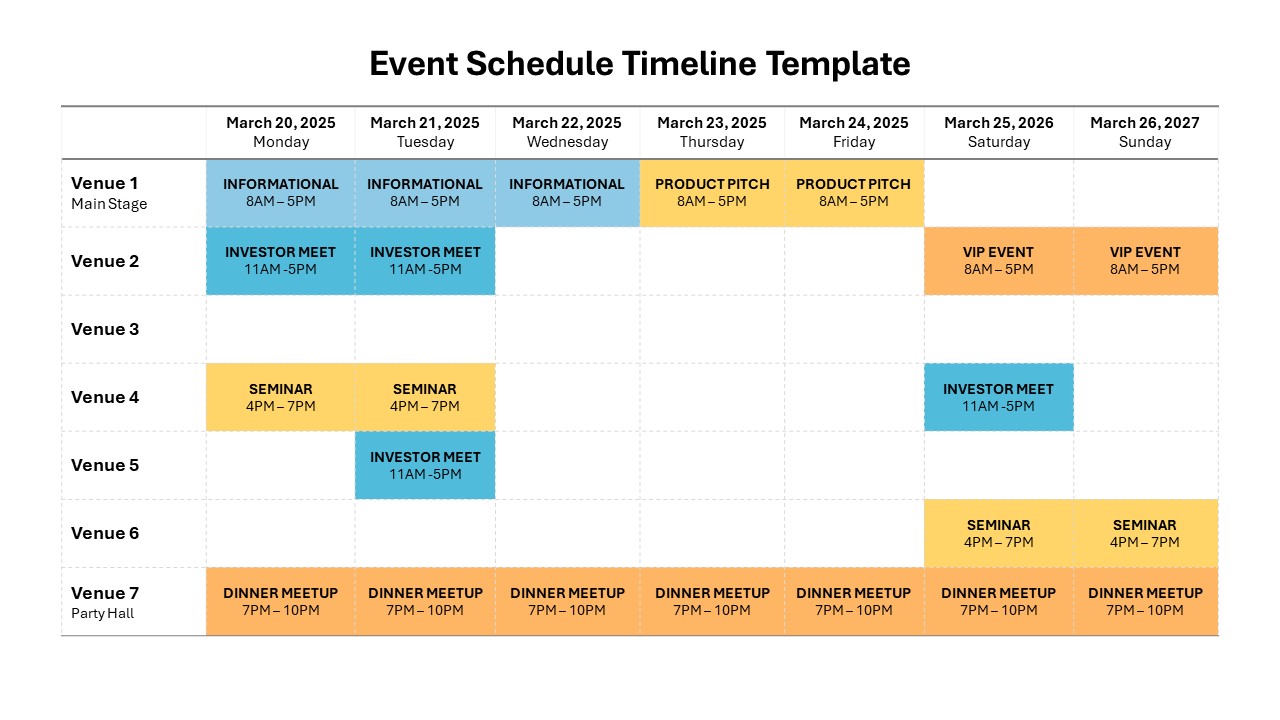
Tips for Successful Event Planning
While an event schedule is a valuable tool, there are additional tips that can help make your event planning process even more successful:
- Start early: Begin the planning process well in advance to allow for ample time to organize and coordinate all the necessary details.
- Communicate effectively: Keep all stakeholders informed about the event schedule and any changes or updates. Utilize various communication channels, such as email, social media, and event websites.
- Delegate tasks: Don’t be afraid to delegate responsibilities to capable team members or volunteers. This will help distribute the workload and ensure everyone is working towards a common goal.
- Prepare for contingencies: Have backup plans in place for any unexpected situations that may arise during the event, such as technical difficulties or changes in weather.
- Solicit feedback: After the event, gather feedback from participants and attendees to learn from their experiences and identify areas for improvement in future events.
By following these tips and utilizing an event schedule, you can greatly enhance the organization and efficiency of your event, ensuring a smooth and successful experience for all involved.
Event Schedule Template – Download